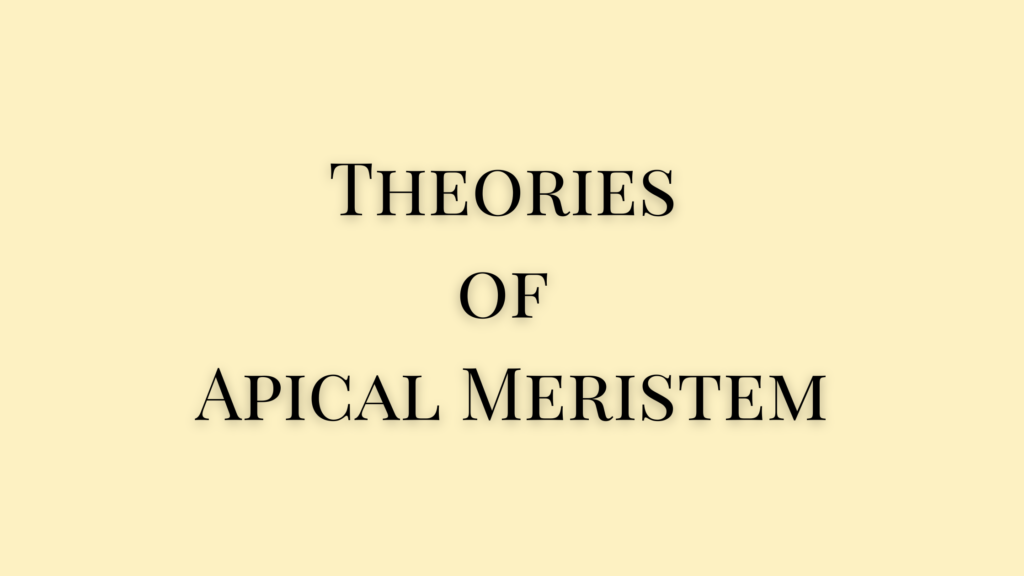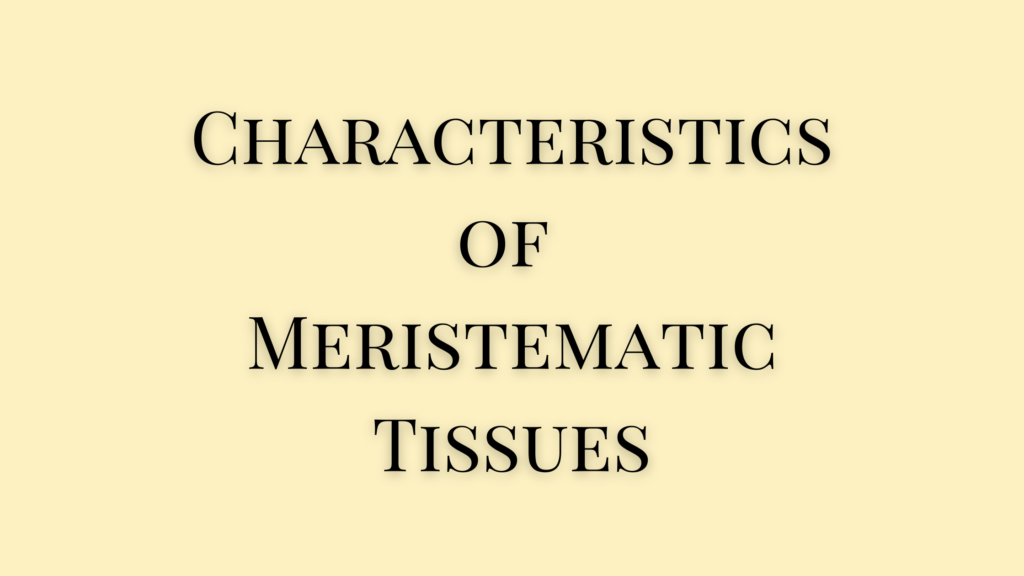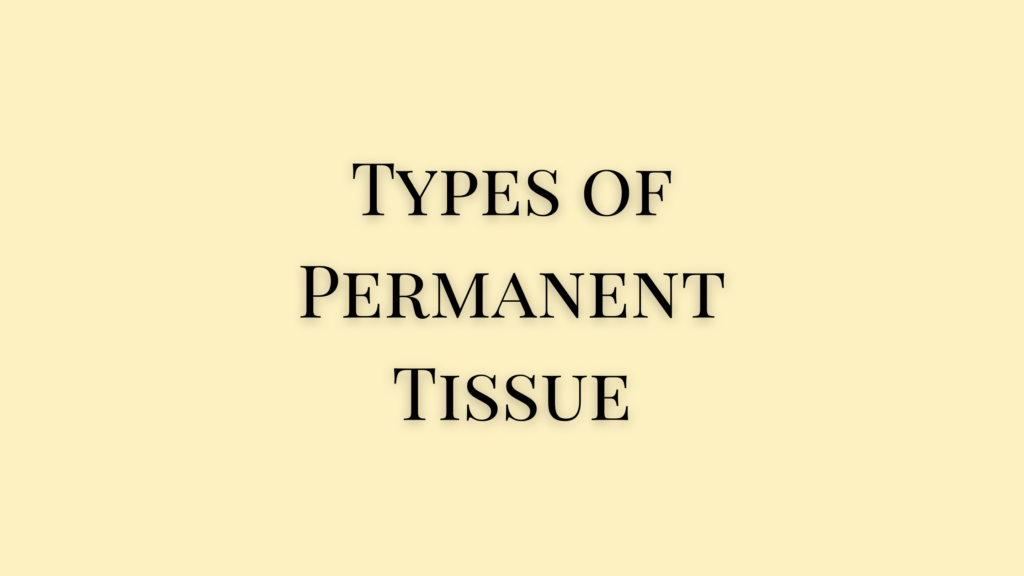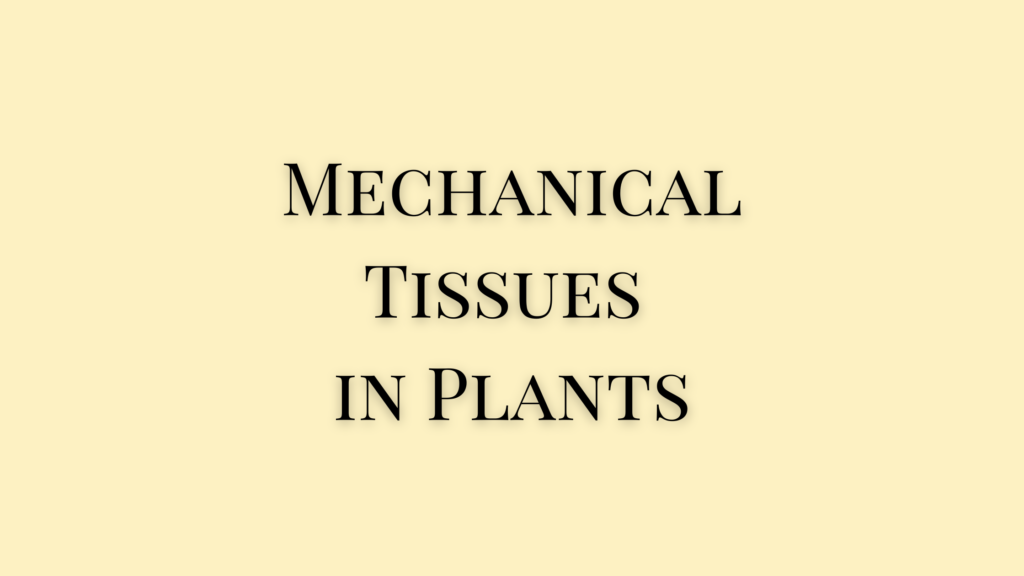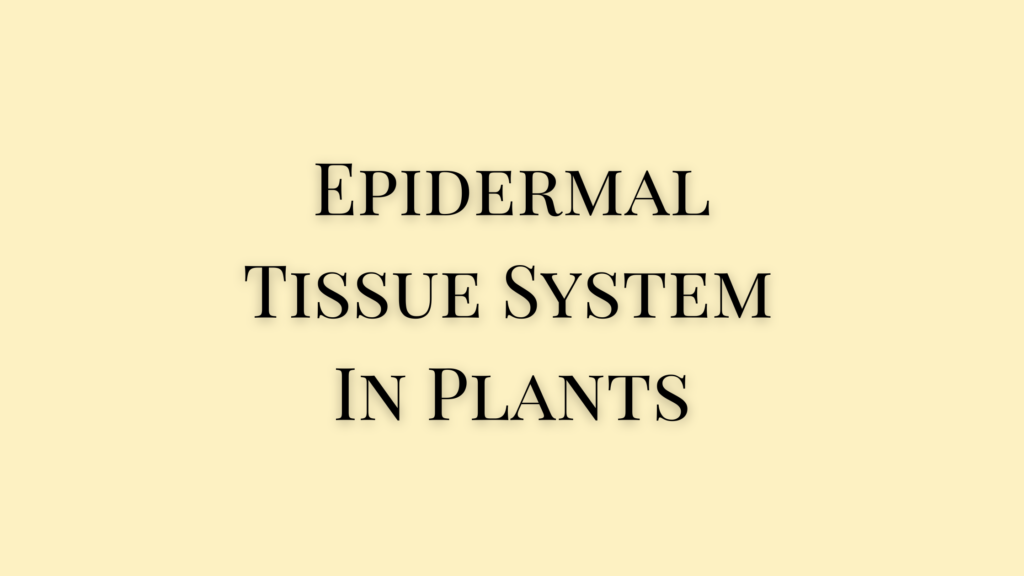Among meristematic tissues, the apical meristem is especially important due to its significance in the growth of primary tissues of the plant body through differentiation. Different theories of apical meristem explain this differentiation regarding the root and shoot apices.
Theories of Apical Meristem
Theories of apical meristem can be classified into two, concerning the shoot meristems and the root meristems.
Theories of Shoot Apical Meristem
The three theories regarding the shoot apical meristem are,
- Apical cell theory
- Histogen theory
- Tunica corpus theory
- Histogenic Layer Concept
- Mantle Core Concept
Apical Cell Theory
Apical cell theory was proposed by Nageli. The apical cell theory states that the primary tissues of plants are developed and differentiated from a single apical cell that has three cutting faces. These cells also regulate growth as needed and differentiate appropriately. Moreover, this apical cell stays active for a long period, which helps with further development of the plant.
While this theory is true for algae, bryophytes, and pteridophytes, it does not support the case with angiosperms and gymnosperms. The higher vascular plants have several cells at their apices.

Histogen Theory
Histogen theory was proposed by Hanstein, which states that the root and shoot apices consist of a group of initial cells rather than a solitary cell. According to this theory, the initial cells undergo several divisions to create three zones or strata at the apex. Each of these zones is known as the histogen or tissue builder. These zones are,
- Dermatogen forms the outermost layer by dividing radially, giving rise to the epidermis. In the case of Ficus leaf and other plants, dermatogen could undergo tangential divisions as well to form a multilayered epidermis.
- Periblem forms isodiametric cells that form the intermediary zone after the epidermis. The primary cortex is formed from this zone. Later, the innermost layer of the newly formed cortex forms the endodermis.
- The plerome, the innermost layer of the apical meristem, forms the core. These cells give rise to vascular tissues, medullary rays, the medulla, and the pith. Later on, they form the procambium as well.
While the histogen theory stays true to the root apex, this does not apply smoothly to the shoot apex due to a lack of clear distinction between the periblem and the plerome. It fails to provide a clearer origin of different plant parts. Thus, the histogen theory was later superseded by the Tunica corpus theory.
Tunica Corpus Thoery
According to the Tunica corpus theory, it was proposed by Schmidt in 1924. As per this theory, there are only two zones in the apex from where different primary tissues are formed. These two zones are called tunica and corpus. This theory is more applicable to the angiosperms and less to pteridophytes and some gymnosperms.
Tunica is the outermost layer that undergoes anticlinal divisions to form the epidermal layer that encloses the cells in the central zone. The tunica layer’s cells are smaller and formed from small initial cells. Since the tunica cells divide only anticlinally, the number of tunica layers will be equal to the number of initial cells.
The corpus initial cells give rise to the central zone of the plant. These initial cells divide both anticlinally and periclinally. Such division increases the volume. The cells that are formed from the corpus cells are the cortex, vascular tissues, and pith.
Histogenic Layer Concept
The histogenic layer concept was proposed by H. Dermen in 1947. He named the different layers L1, L2, L3, etc. These are microscopic and the assumptions are mainly based on the cell division orientation.
Mantle Core Concept
Popham and Chan proposed this concept in 1950. The dome-shaped layer of the apex is called the mantle while the mass of cells towards the interior is called the core. The outer portion of tissues is developed from the mantle while the inner part forms in the core. They later get differentiated into a shoot system. This is similar to the tunica corpus theory.
Theories of Root Apical Meristem
Apart from the apical cell theory and histogen theory, two more theories apply to the root apex organization. The additional two theories regarding the root apical meristem are,
- Korper Kappe theory
- Quiescent center hypothesis
Korper Kappe Theory
Scheupp proposed the Korper-Kappe theory in 1917. This theory is based on the plane of cell division and is similar to the tunica corpus theory. According to this theory, the root apex cells divide in the shape of a ‘T’. The cells divide first transversely, and one cell divides vertically, which results in the t-shape.
The cells that form the straight T-shape are called kapp,e and the cells that form the inverted-T are called korper. This is commonly seen in plants of families Fagaceae and Graminae.
Quiescent Center Hypothesis
Clowes proposed this hypothesis in 1956. According to this hypothesis, there is a group of cells at the center of the root apex that stays inactive. These cells act as a reservoir of initial cells that have low RNA, DNA, and proteins.
Cells in the quiescent center have a smaller nucleolus and a lesser number of both mitochondria and endoplasmic reticulum. They remain at a low mitotic activity level and have a lower rate of DNA replication. They divide during unfavorable conditions or during the repair process to replace lost or damaged cells.
Clowes conducted studies in maize and found the inactive cells at the quiescent center where the cells are constituent to the promeristem. The other meristematic cells divide two-dimensionally to surround the central cells.
References
- https://cmpcollege.ac.in/wp-content/uploads/2020/04/e-study-Theories-of-root-shoot-apices.pdf
- Sukumaran O R. Pre-Degree Botany. Murali Publications.
- https://mlsu.ac.in/econtents/2068_Theories%20of%20shoot%20and%20root%20apex%20organization.pdf
- Abraham P C. Anatomy, Embryology & Microtechnique. 1999. St. Mary’s Books & Publ.
- Apical Meristems
